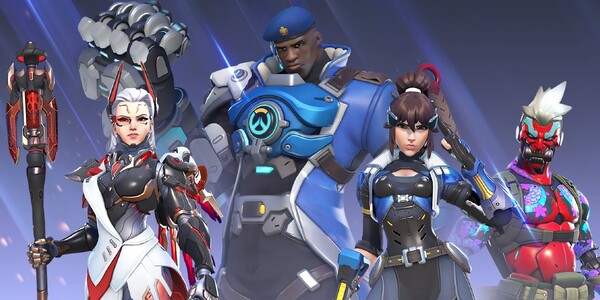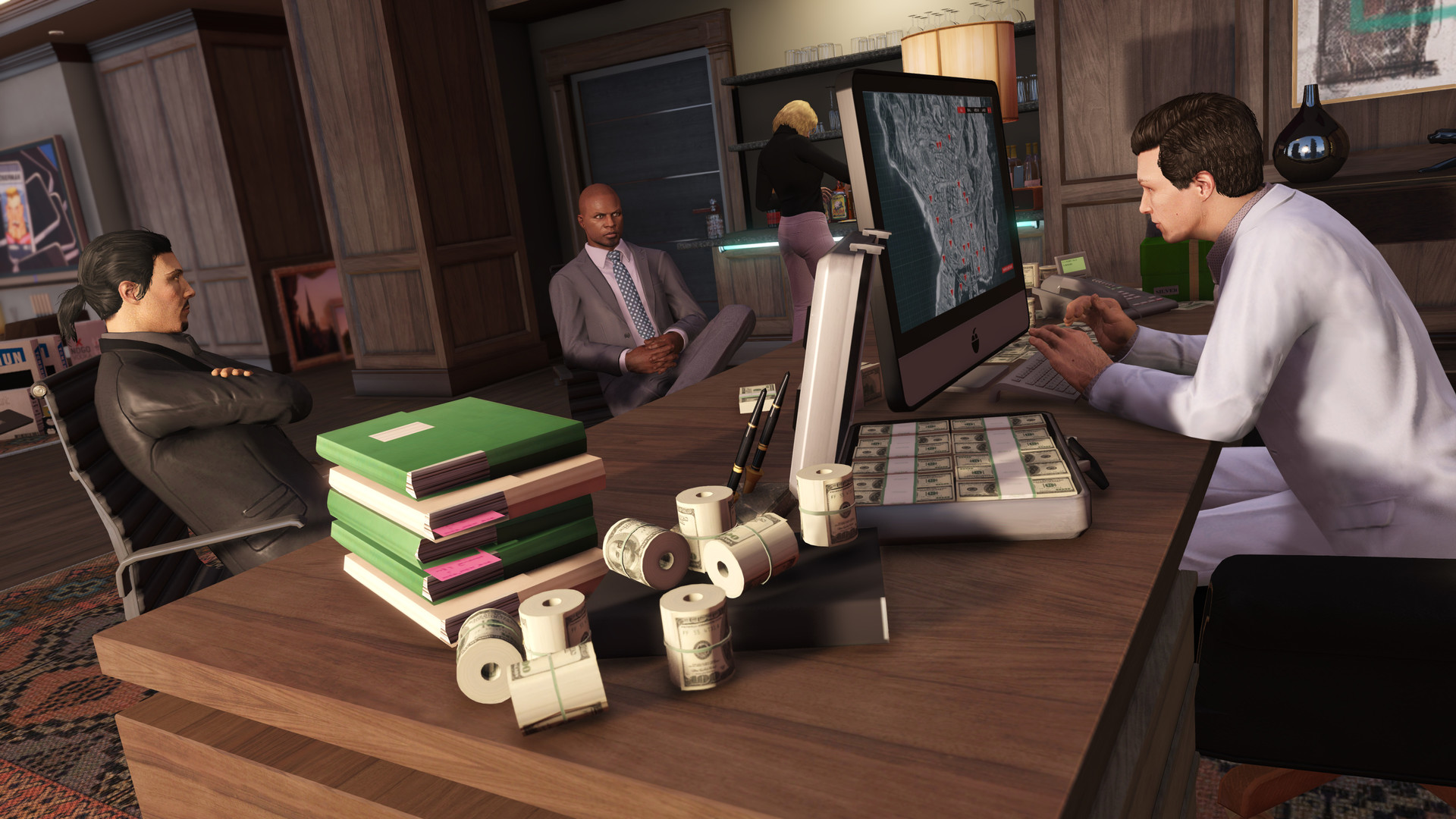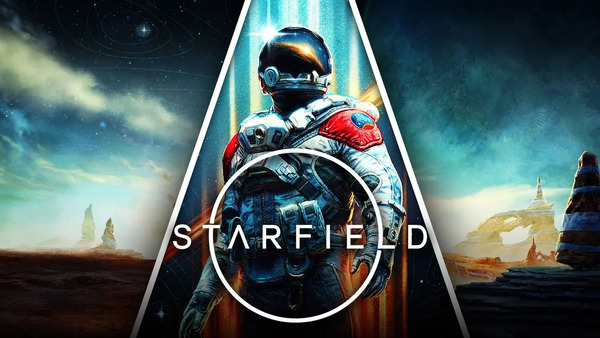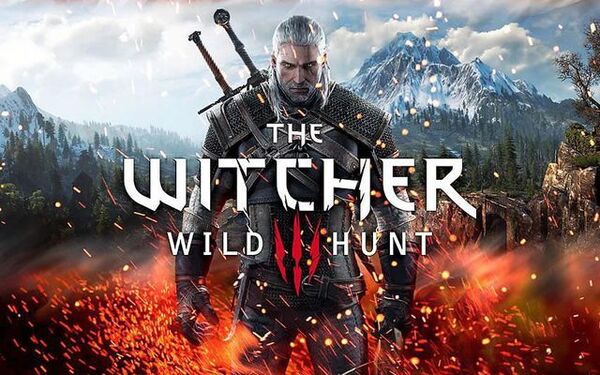Overwatch 2, Blizzard's highly anticipated sequel to the beloved team-based shooter, has garnered massive attention and player engagement since its release. The game continues to evolve, introducing new heroes, maps, and gameplay mechanics. However, one of the most persistent and complex issues that players face is the balancing of heroes. Balancing not only affects competitive integrity but also impacts player enjoyment and overall game longevity. This article delves deeply into the challenges and implications of hero balancing in Overwatch 2, examining specific instances, community reactions, and the ongoing debate surrounding this critical aspect of game design.

The Importance of Balance in Competitive Gaming
Balancing heroes in a game like Overwatch 2 is crucial for several reasons. First and foremost, it ensures a level playing field where skill can triumph over raw power. In a competitive environment, discrepancies in hero strength can lead to frustrating experiences for players, ultimately driving them away from the game. Additionally, balance directly impacts the meta, which shapes how teams strategize and play the game.
The term "meta" refers to the most effective tactics available, which often shifts based on hero strengths, player strategies, and game updates. As such, hero balance is not just about individual character strength; it encompasses how those characters interact with one another within the game's ecosystem. A well-balanced roster allows players to explore diverse strategies, keeping the game fresh and engaging.
Historical Context: Overwatch’s Early Days
To understand the balancing issues in Overwatch 2, it’s essential to examine its predecessor. Upon release in 2016, Overwatch quickly faced criticism regarding the balance of its heroes. Characters like Genji and Tracer dominated the competitive scene, leading to widespread discontent among players who favored less agile heroes. Blizzard's response involved frequent patches aimed at nerfing overpowered heroes while buffing those deemed underwhelming.
This historical context is critical as it laid the foundation for the expectations surrounding Overwatch 2's hero balance. Players anticipated a more refined balancing approach, learning from the past missteps. However, the complexities of a live-service game, where constant updates and community feedback play a pivotal role, present ongoing challenges.

The Launch of Overwatch 2: A New Era, Old Problems
When Overwatch 2 launched, many players were excited about the introduction of new heroes like Kiriko and the shift to a 5v5 format. However, this change also introduced new balancing issues. For instance, the removal of one tank player led to a more aggressive meta, favoring damage dealers and healers, while tanks struggled to find their footing.
This shift created an immediate disparity in hero effectiveness. Players noticed that while some tanks, like Reinhardt and Winston, adapted well to the new dynamics, others like Orisa and Sigma became less desirable. This imbalance sparked discussions about the need for continuous adjustments to maintain fairness across all hero classes.
Community Reactions: Voices from the Battlefield
The community's reaction to hero balancing in Overwatch 2 has been mixed. On platforms like Reddit and the official forums, players share their experiences and frustrations regarding perceived imbalances. A significant number of players have voiced their concerns about certain heroes being "must-pick" in competitive matches.
For example, Kiriko's introduction as a support hero was met with both excitement and scrutiny. Many players felt her abilities, particularly her teleport and healing capabilities, made her too dominant in various game modes. This led to a wave of feedback that ultimately pressured Blizzard to reconsider her balance.
The Role of Content Creators
Content creators and streamers have also played a role in shaping community discourse on hero balance. Their analysis, whether through gameplay tutorials or critique videos, has brought attention to specific imbalances. Some prominent streamers have actively campaigned for nerfs or buffs, influencing player perceptions and increasing the visibility of these issues.

Feedback Loops and Community Engagement
Blizzard's engagement with the community has been a double-edged sword. While the development team has actively solicited feedback through social media and community events, the sheer volume of opinions can create a challenging environment for balancing decisions. Players often have conflicting views, leading to debates about which heroes should be adjusted.
The Balancing Act: Blizzard’s Approach
Blizzard's approach to hero balancing has evolved since the original Overwatch. With Overwatch 2, the team has implemented a more systematic method for evaluating hero performance. They utilize data analytics to track hero usage rates, win percentages, and player feedback to inform their balancing decisions.
Despite this data-driven approach, balancing remains an art as much as a science. Developers must consider the qualitative aspects of hero gameplay, such as player satisfaction and enjoyment. This is particularly challenging when attempting to balance heroes with vastly different playstyles and roles.
Case Study: The Rise and Fall of Bastion
One poignant example of balancing challenges in Overwatch 2 is the hero Bastion. Initially, Bastion's rework was celebrated, granting him more versatility. However, soon after, players discovered that his new form, while more dynamic, was still susceptible to being overwhelmed by coordinated attacks from enemy teams.
As feedback flooded in, Blizzard was faced with a dilemma: keep Bastion’s playstyle fresh or adjust his abilities to better fit the evolving meta. The balancing team ultimately chose to introduce multiple changes, including adjusting his damage output and cooldowns, illustrating the constant tug-of-war between hero identity and competitive viability.
The Meta: Evolving Strategies and Hero Choices
The meta in Overwatch 2 is in a constant state of flux. As new heroes are introduced and existing ones are adjusted, players must adapt their strategies to the ever-changing landscape. This dynamic environment encourages creativity but also leads to frustration when certain heroes dominate the scene.
Players often find themselves locked into specific heroes to remain competitive, stifling diversity. For instance, during a particularly aggressive meta phase, heroes like Mei and Reaper became staples, while others like Ashe were left in the shadows. This situation prompted calls for changes to less popular heroes, which in turn fueled debates over whether certain heroes should be reworked entirely.
The Influence of Professional Play
The professional Overwatch scene significantly influences the game's meta. Heroes that shine in professional play often trickle down to the casual scene, prompting widespread adoption. As teams showcase specific strategies, the community tends to follow suit, further complicating the balancing process.
This phenomenon creates a feedback loop: the more a hero is used at the professional level, the more players feel pressured to adopt them in ranked play. Blizzard must therefore consider not only casual balance but also how changes will affect the competitive scene, which is a delicate balancing act in itself.
Future Directions: What Lies Ahead for Balancing
As Overwatch 2 continues to evolve, the future of hero balancing remains uncertain but hopeful. Blizzard has committed to regular updates, promising to address community feedback and adapt hero strengths as necessary. This ongoing dialogue between developers and players is crucial for maintaining a healthy game environment.
Additionally, the introduction of new heroes is an opportunity for refreshing the balance. Each new character brings unique abilities and playstyles, forcing existing heroes to adapt. As Blizzard continues to introduce fresh content, players will likely see shifts in the meta and the overall balance of the game.
The Role of Player Feedback in Future Updates
Player feedback will play an increasingly vital role in the game’s future. Blizzard has established forums and channels for players to express their thoughts on hero performance, and this feedback will influence balancing decisions. Developers are tasked with filtering through vast amounts of data and opinions to implement changes that reflect the community's desires.
Conclusion: The Ongoing Balancing Act
The balancing of heroes in Overwatch 2 is a complex and ongoing challenge that requires careful consideration from both developers and players. The game's evolution since its launch reflects the inherent difficulties in maintaining a competitive yet enjoyable environment. As the community voices its concerns, Blizzard's responsiveness to feedback will be critical in shaping the future of the game.






















